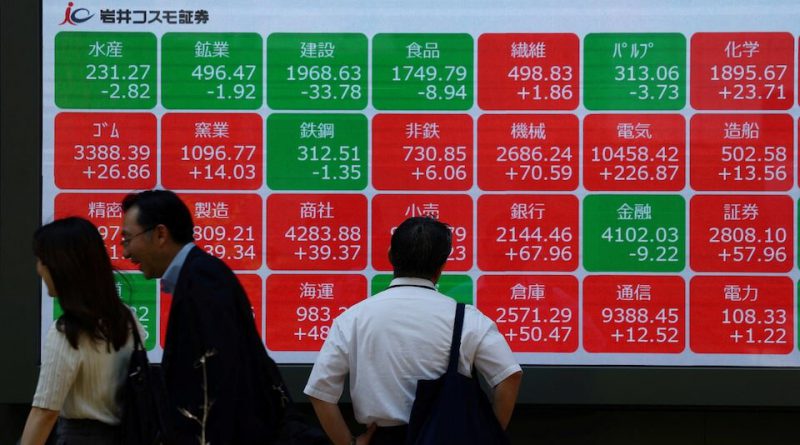Japanese Banks Poised for Growth Amid Takaichi-Era Optimism in Tokyo
Tokyo — Japan’s banking sector is on the cusp of a promising growth phase, as investors look forward to the potential opportunities presented under the leadership of new Prime Minister Sanae Takaichi. While the recent “Takaichi trade” initially boosted broad Japanese equities, banks have remained slightly behind the rally, offering investors a unique window of opportunity.
Analysts suggest that the sector is well-positioned to benefit from Takaichi’s pro-growth policies, fiscal stimulus measures, and the gradual strengthening of Japan’s economic environment.
Following Takaichi’s rise to power, market attention has focused on her support for expansionary fiscal measures, including large-scale infrastructure investment, economic revitalization projects, and regional development initiatives.
These policies are expected to require significant bank financing, which could provide a strong tailwind for both megabanks and regional lenders. The Topix banking index has shown resilience, and many analysts see its performance as poised to catch up with the broader market in the near term.
Since the end of the Bank of Japan’s (BOJ) radical stimulus policies in March 2024, Japanese banks have already enjoyed remarkable gains. The Topix banking index has rallied 47%, outpacing the Nikkei’s 21% growth during the same period.
This robust performance demonstrates the sector’s ability to thrive in a post-deflation, low-interest-rate environment while adapting to evolving business models that rely less on traditional domestic lending spreads.
Analysts at Goldman Sachs highlight that both regional banks and megabanks stand to benefit from a broad expansionary agenda, particularly initiatives focused on economic security and infrastructure investment.
Takaichi has emphasized large-scale energy and defense spending, which will likely spur demand for project financing and stimulate activity across financial institutions. Regional banks, in particular, could leverage their local expertise to support community development projects, fostering growth in Japan’s provincial areas while boosting their own earnings.
Even with the rapid depreciation of the yen, which recently fell more than 3.5% against the U.S. dollar, analysts view this as a potential catalyst for further central bank action to stabilize currency markets. Any measured rate increases by the BOJ could enhance bank profitability while maintaining sustainable economic growth.
Mitsubishi UFJ Financial Group, Japan’s largest lender by assets, has already seen substantial gains from prior interest rate hikes, with annual pre-tax profits benefiting by approximately 166 billion yen ($1.09 billion) over three years, illustrating the banks’ capacity to absorb gradual policy shifts.
While the independence of the BOJ remains a cornerstone of Japan’s monetary framework, the current environment allows banks to navigate and benefit from both fiscal stimulus and measured monetary policy.
Analysts emphasize that Takaichi’s government is likely to maintain a balanced approach, supporting growth while respecting the central bank’s mandate. This approach encourages confidence in the sector and underscores the resilience and strategic adaptability of Japanese banks.
Technological advancements and digital banking initiatives also provide growth avenues for the sector.
Japanese banks have steadily embraced innovative financial technologies, improving operational efficiency, customer engagement, and digital offerings. These developments position them well to capture emerging opportunities and attract domestic and international investors.
Investor optimism is further supported by Japan’s broader economic recovery and corporate earnings strength.
With inflation stabilizing and the economy showing signs of sustainable expansion, banks are strategically positioned to capitalize on rising credit demand, increased lending opportunities, and growing investment in infrastructure and regional development.
Overall, the combination of Takaichi’s pro-growth agenda, strategic infrastructure initiatives, supportive fiscal measures, and robust bank fundamentals presents a favorable environment for Japanese banks in Tokyo.
Analysts predict that the sector’s performance could soon align with the broader market rally, offering long-term growth potential and reinforcing Japan’s reputation for financial stability, innovation, and resilience in the global economy.



